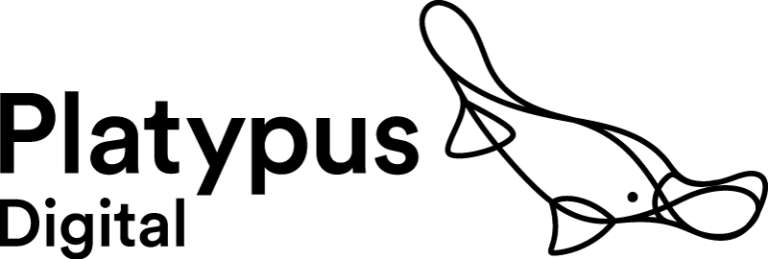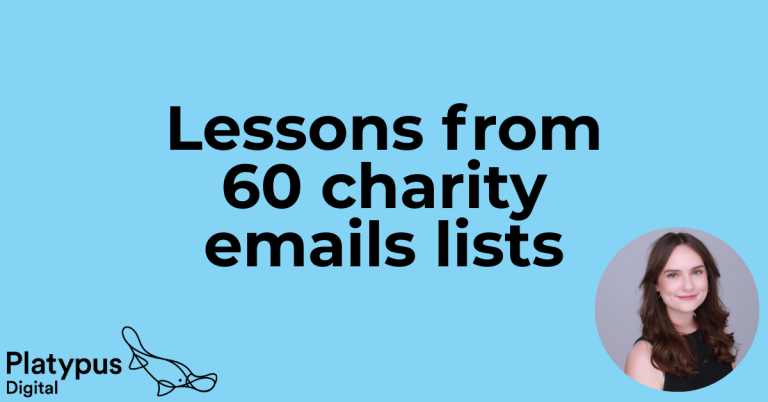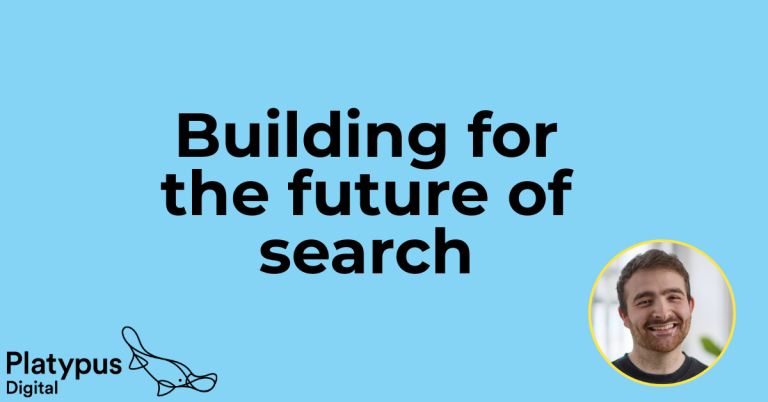We recently caught up with Amanda Neylon, former head of digital at Macmillan Cancer Support.
She had a pretty big digital team there.
But what would she do in your shoes? Here’s what someone who knows a huge amount of charity digital would do if she was you.
1. Improve your understanding of your audience
It’s important to understand your audiences so you are only doing things that will work for them. There is a massive,amount of things that everyone can do to talk to and engage your audiences now, whether it be something on social media, using analytics or developing new products. No charity can or should do everything and not everything is relevant to your audience. By understanding what your audience want, search for, share etc you can focus your efforts in places that you know will have the biggest impact
Some things work better on social, some work better on Google search and some better on email. However, unless you have done the research to explain why that email campaign will work for these people, or why we need to do that on social, then you are just crossing your fingers and hoping for the best.
2. Give your colleagues proper training and support
Everyone’s really, really busy all the time in charities – so if you are going to ask a colleague to do something new – like use the social channels more – then you need to make sure they know how to do that. Don’t ever think, “oh that person can do social too,” because that’s really wrong.
People need to have the skills, confidence and empowerment . One of the worst things would be if you say that you’re doing digital and you’re not trained and you are unable to do it properly. If you are going to get the entire organisation behind digital, then they must be trained and given the right support to do so.
Start small with the training. At Macmillan we started our digital transformation journey by training people in social. That worked so we decided to train some more, and some more. We didn’t start off by saying lets train everyone in everything digital. Don’t try and bite everything off.
3. Say ‘no’ more
You need to be confident in saying no – you need to be able to test and learn and stop things that aren’t working. Its important to encourage this culture, so the rest of the team can make these tough decisions too.
When you look at the data and can see that something you took forward is working – it gives you the evidence and the confidence to do it bigger next time. I don’t like using the word Agile, it’s all about collaboration and iteration. If the right people are involved throughout the process and you start small and iterate, then you’ll find that you don’t need to say stop as much in the future!





